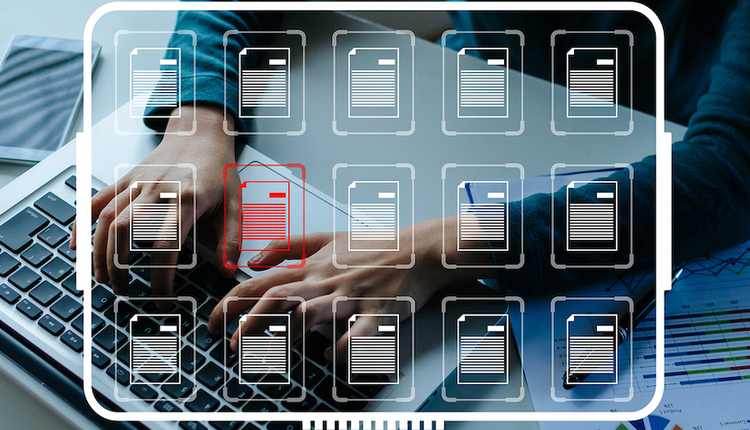
Image by: ma-no, ©2016 Getty Images
I’m a great fan of tea. It’s funny, because I can pay one cent for a basic black tea bag, 20 cents for a bag in a fancy package, or four dollars for a cup of tea from the local coffee store. That’s a big difference in price! If we assume there are 1,000 employees drinking four cups of tea a day, this cost could range between $10K and $4M a year. For 10,000 employees, the range is $102K and $41M. That’s a big difference, depending on the cost per cup.
So, what does the price of tea have to do with your organization? It shows that small cost differences per transactions can really add up.
To illustrate, after conducting hundreds of process studies, I have found that employees spend at least eight percent of their time sorting, finding, attaching/copying, and routing documents stored in paper, email, and shared network drives. What does that eight percent cost your organization? For 1,000 people (assuming an average salary of $60K, including benefits), that’s $4.8M a year. For 10,000 people, that’s $48M a year.
"Over five years, you're wasting between $24M and $240M, respectively, just pushing paper and electronic documents around.”
That’s a lot of money going to non-value-added tasks. When you add in the fact that employees believe their process efficiencies will increase by an additional 10% using workflow to route documents, this increases the five-year savings to $54M and $540M, respectively, by using paperless technologies to store and route documents electronically.
This does not count the additional benefits in customer service, quality, and risk reduction (by disposing of documents in accordance with their records schedules).
What’s a five-step approach to determine if paperless technologies will benefit your organization?
- Step 1: Develop an understanding of paperless technology abilities, risks, and benefits. Major modules include: capture, electronic content management (ECM), workflow, digital signature, and electronic records management (ERM).
- Step 2: Conduct an enterprise-wide study to determine the cost/benefit, return on investment, and where it makes sense to deploy paperless technologies.
- Step 3: Apply Lean, Six Sigma, and/or business process management methods to improve processes before automation.
- Step 4: Develop an application design/request for proposal (RFP) document to assess the vendor’s ability to meet your organization's “specific” process and technology requirements.
- Step 5: Manage the vendor through the implementation process and hold them accountable to meet application design and process/workflow requirements identified above.
















